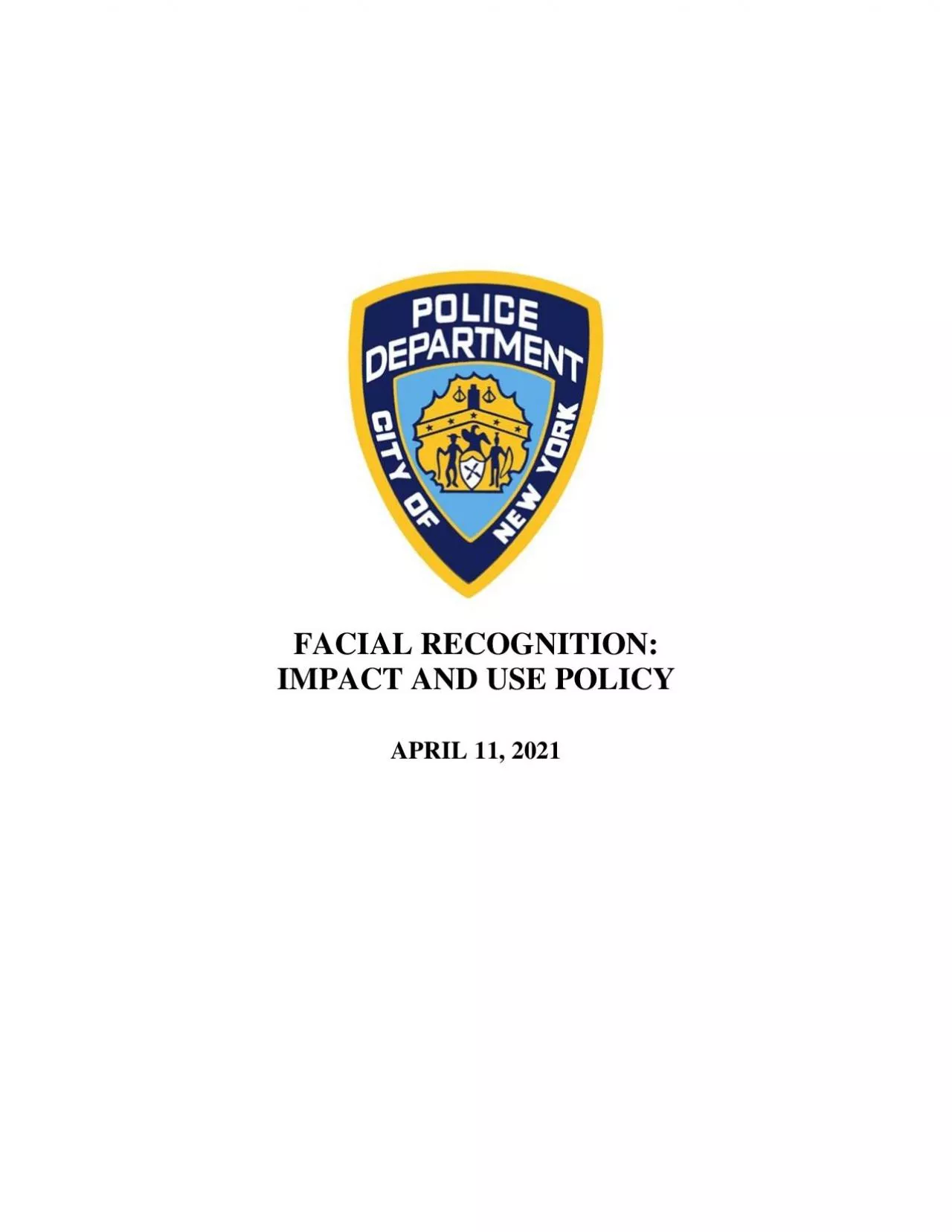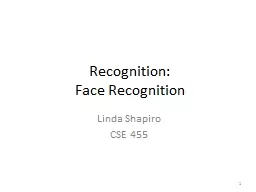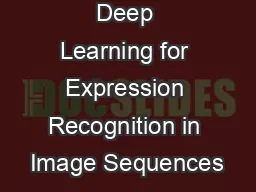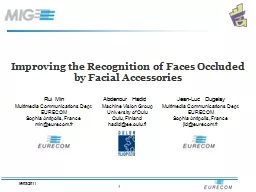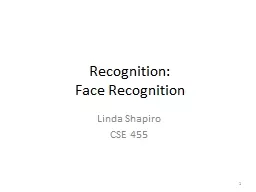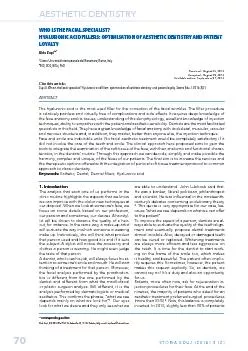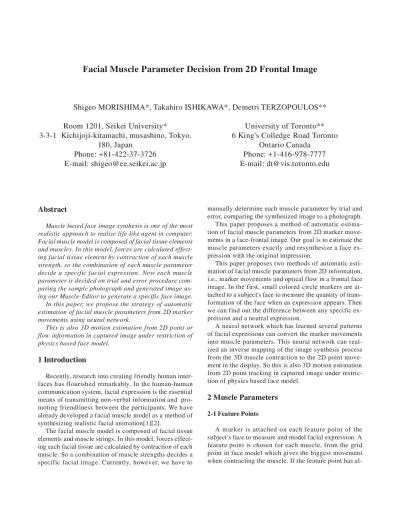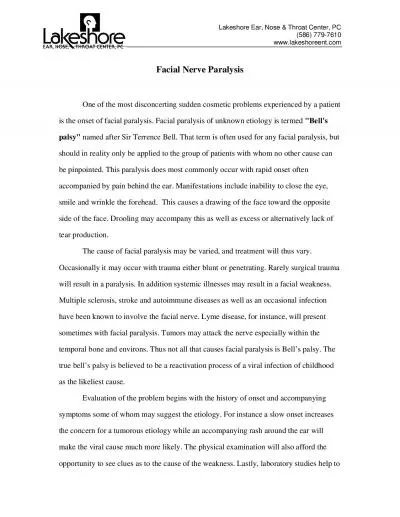PDF-FACIAL RECOGNITION
Author : susan | Published Date : 2021-10-02
IMPACT AND USE POLICYAPRIL 112021FACIAL RECOGNITIONIMPACT USE POLICYPOSTED APRIL 1120212SUMMARY OF CHANGES BETWEEN DRAFT FINAL POLICYUpdateDescription of UpdateRemoved
Presentation Embed Code
Download Presentation
Download Presentation The PPT/PDF document "FACIAL RECOGNITION" is the property of its rightful owner. Permission is granted to download and print the materials on this website for personal, non-commercial use only, and to display it on your personal computer provided you do not modify the materials and that you retain all copyright notices contained in the materials. By downloading content from our website, you accept the terms of this agreement.
FACIAL RECOGNITION: Transcript
Download Rules Of Document
"FACIAL RECOGNITION"The content belongs to its owner. You may download and print it for personal use, without modification, and keep all copyright notices. By downloading, you agree to these terms.
Related Documents

